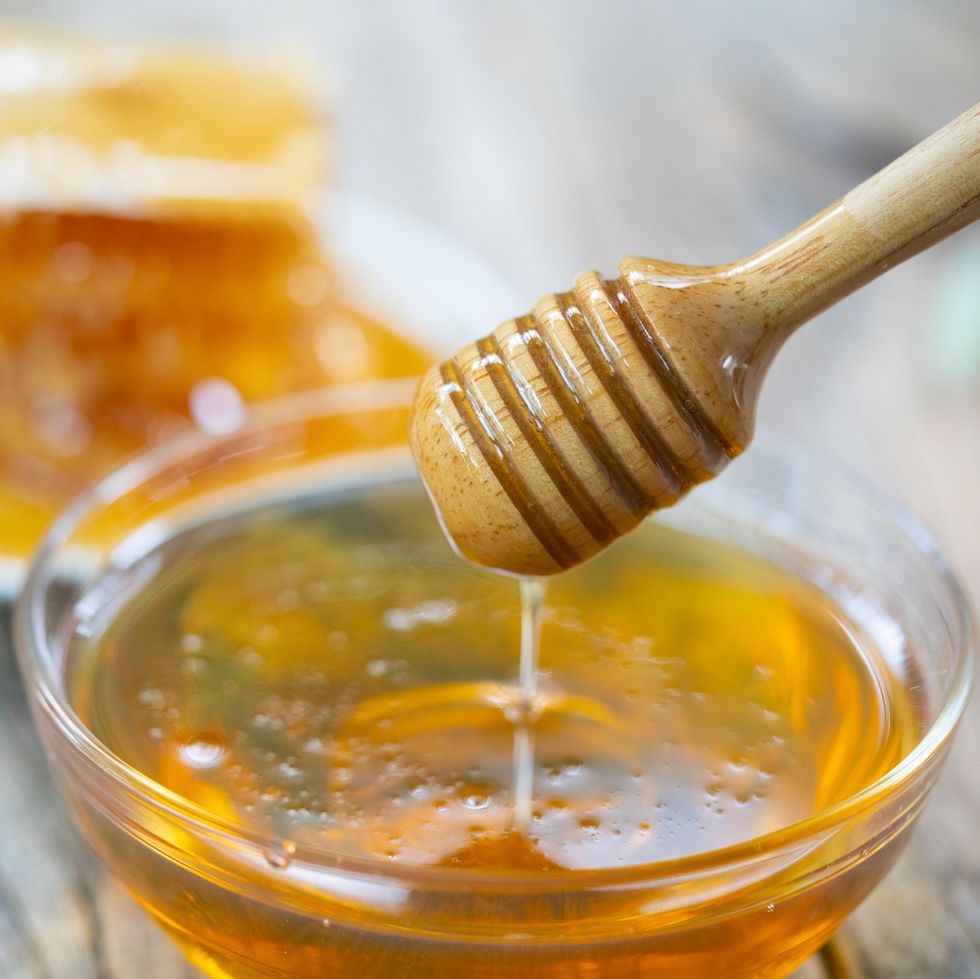“Falafel: A Delicious Middle Eastern Delight!”

Falafel is a popular Middle Eastern dish made from ground chickpeas or fava beans, mixed with herbs and spices, and then formed into small patties or balls. These patties are typically deep-fried until they become crispy and golden brown. Falafel is known for its delicious, savory flavor and its versatility in various dishes.
Here are some key points about falafel:
- Ingredients: Traditional falafel is made from chickpeas, but in some regions, fava beans are used instead or in combination with chickpeas. The main ingredients typically include ground legumes, fresh herbs (such as parsley and cilantro), garlic, onions, and various spices like cumin, coriander, and paprika.
- Preparation: To make falafel, the ingredients are blended or ground together into a coarse mixture, which is then formed into small balls or patties. These are deep-fried until they achieve a crispy texture on the outside while remaining soft and flavorful on the inside.
- Serving: Falafel is commonly served in pita bread as a sandwich or wrap, along with various accompaniments like tahini sauce, yogurt-based sauces, diced tomatoes, cucumbers, lettuce, and pickles. It can also be served on a plate with a side of rice or salad.
- Vegetarian and Vegan: Falafel is a popular choice for vegetarians and vegans as it is plant-based and doesn’t contain any animal products. It’s a great source of protein, fiber, and nutrients.
- Regional Variations: Falafel is enjoyed in many countries across the Middle East and North Africa, and there are regional variations in the recipe and preparation method. For example, Egyptian falafel is often made with fava beans, while in some parts of Lebanon, it’s made with chickpeas and additional ingredients like fennel seeds.
- Street Food: Falafel is often sold as a popular street food in many countries and is a common item on the menus of Middle Eastern and Mediterranean restaurants worldwide.
- Health Benefits: Falafel is considered a relatively healthy food choice due to its high protein and fiber content. However, since it’s deep-fried, it can be high in calories and fat. Baking or air frying falafel can be a healthier alternative to traditional deep-frying.
Overall, falafel is a delicious and versatile dish enjoyed by people of various dietary preferences worldwide, and it has become a staple in many international cuisines.
Popularity of Falafel
Falafel has gained widespread popularity both in its countries of origin and internationally for several reasons:
- Vegetarian and Vegan-Friendly: Falafel is a versatile vegetarian and vegan dish, making it accessible to people with various dietary preferences. It’s a flavorful and satisfying option for those who choose not to consume meat or dairy products.
- Global Appeal: Falafel’s delicious and savory flavor, combined with its textural contrast of crispy on the outside and soft on the inside, appeals to a wide range of tastes. It’s enjoyed by people from various cultural backgrounds and culinary traditions.
- Street Food and Fast Food: Falafel is often sold as street food, making it a convenient and quick option for people on the go. Its affordability and portability have contributed to its popularity as a fast-food choice.
- Health Consciousness: As more people become health-conscious and seek plant-based protein sources, falafel is perceived as a healthier alternative to many other fast-food options. When baked or prepared with minimal oil, it can be a nutritious choice.
- Dietary Trends: Falafel aligns with dietary trends and movements that promote plant-based eating, such as vegetarianism, veganism, and flexitarianism. It has become a staple in many restaurants that cater to these dietary preferences.
- Cultural Exchange: The globalization of food and culture has led to the widespread adoption of falafel in countries outside of its traditional Middle Eastern and Mediterranean origins. It has become a part of global cuisine, often with unique regional adaptations.
- Social Media and Food Trends: Falafel’s visually appealing presentation, vibrant colors, and the trend of sharing food experiences on social media platforms have contributed to its popularity. It is often showcased in food blogs, Instagram posts, and cooking videos.
- Versatility: Falafel’s versatility allows it to be used in various dishes, from sandwiches and wraps to salads and bowls. This adaptability makes it appealing to a wide range of culinary preferences.
- Flavorful Seasonings: The blend of spices and herbs used in falafel recipes, such as cumin, coriander, garlic, and fresh herbs like parsley and cilantro, gives it a distinctive and enticing flavor that many people find irresistible.
- Dietary Restrictions: Falafel is often suitable for individuals with dietary restrictions or food allergies, as it can be made gluten-free, nut-free, and soy-free, depending on the recipe and ingredients used.
Overall, the popularity of falafel has grown steadily over the years, and it has become a beloved and recognizable dish in many parts of the world. Its appeal lies in its delicious taste, versatility, and alignment with current dietary and culinary trends.





